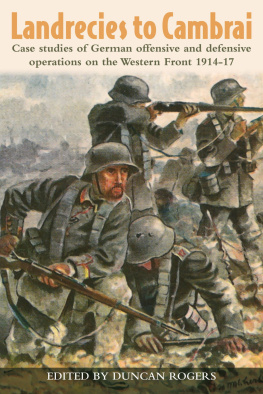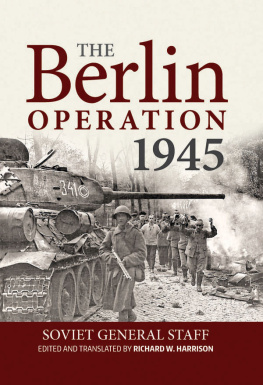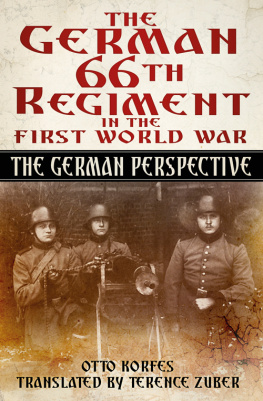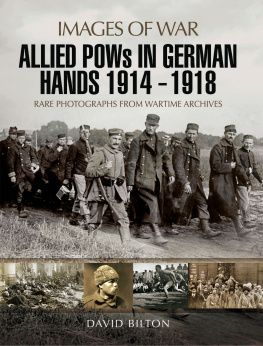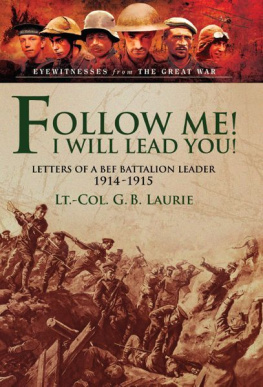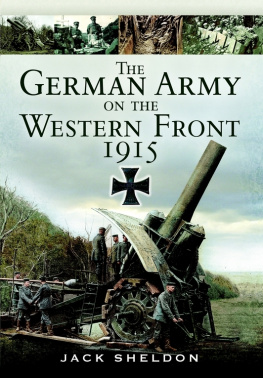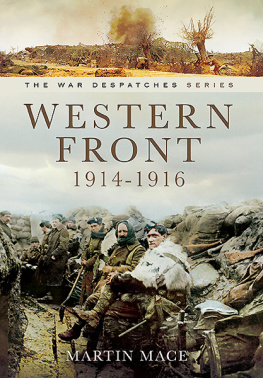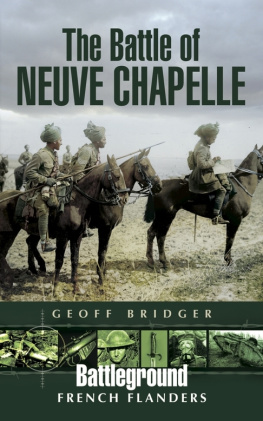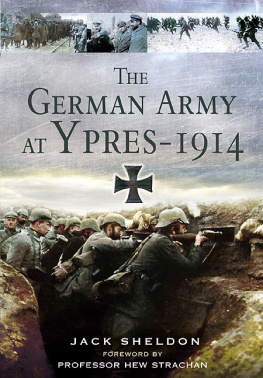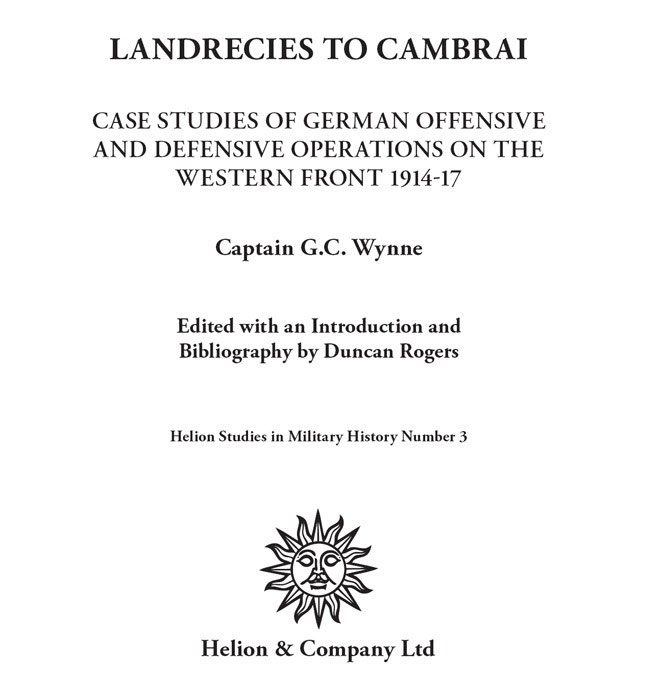Helion & Company Limited
26 Willow Road
Solihull
West Midlands B91 1UE England
Tel. 0121 705 3393
Fax 0121 711 4075
Email: info@helion.co.uk
Website: www.helion.co.uk
Published by Helion & Company 2011
eBook edition 2012
Designed and typeset by Farr out Publications, Wokingham, Berkshire Cover designed by Farr out Publications, Wokingham, Berkshire Printed by Henry Ling Ltd, Dorchester, Dorset
Text and Maps Estate of G.C. Wynne
Introduction & Bibliography Duncan Rogers 2010
This newly-typeset edition Helion & Company Ltd 2010
ISBN 978 1 906033 76 7
eBook ISBN 9781907677915
British Library Cataloguing-in-Publication Data.
A catalogue record for this book is available from the British Library.
All rights reserved. No part of this publication may be reproduced, stored in a retrieval system, or transmitted, in any form, or by any means, electronic, mechanical, photocopying, recording or otherwise, without the express written consent of Helion & Company Limited.
For details of other military history titles published by Helion & Company Limited contact the above address, or visit our website: http://www.helion.co.uk.
We always welcome receiving book proposals from prospective authors.
Contents
List of maps
Introduction
Landrecies to Cambrai represents a series of articles that ran in the Army Quarterly between January 1924 and April 1939. The author, Captain G.C. Wynne, was a Great War veteran, and thus had a working knowledge of the British Army during the conflict, as well as a thorough knowledge of the subsequent historiography of the conflict that was imparted from his work with the Historical Section of the Committee for Imperial Defence. With a fluency in German, he seems to have kept very much upto-date with the latest publications in that language; the interwar output of German unit histories and other materials was prodigious. Indeed, Wynne appears to have contributed numerous book reviews and notices of the latest Great War German literature to the Army Quarterly .
The original running order of the series was as follows:
The German defence during the Battle of the Somme July 1916 part 1
January 1924, pp 245259
The German defence during the Battle of the Somme July 1916 part 2
April 1924, pp 7285
The fight for Hill 70, 2526 September 1915
July 1924, pp 261273
Mametz Wood and Contalmaison, 9-10 July 1916
January 1925, pp 245259
Delville Wood, 14-19 July 1916
October 1925, pp 5869
The German defence of Bernafay and Trnes Woods, 2-14 July 1916 part 1
October 1926, pp 1932
The German defence of Bernafay and Trnes Woods, 2-14 July 1916 part 2
January 1927, pp 252260
The German attack at Vimy Ridge, May 1916
October 1928, pp 6677
Cambrai the action of the German 107th Division
July 1930, pp 286291
The Somme, 15 September 1916
July 1933, pp 300308
The capture of Thiepval, 26 September 1916
January 1934, pp 215224
In front of Beaumont-Hamel, 13 November 1916
April 1934, pp 2736
The night attack at Landrecies, 25 August 1914
July 1934, pp 247254
The fight for Zonnebeke, 26 September 1917
October 1934, pp 5462
The fight for Inverness Copse, 22-24 August 1917
January 1935, pp 297303
The Battle of Vimy Ridge, 9 April 1917
October 1936, pp 5157
Aubers Ridge, 9 May 1915
July 1938, pp 242248
Neuve Chapelle, 10-12 March 1915
October 1938, pp 3046
Battle of Arras, 9 April 1917
April 1939, pp 2947
The tenet of the articles is to compare and contrast British and German practices on the one hand, and perhaps more particularly to shed light on The Other Side of the Hill, which was the name for the series as it appeared in the Army Quarterly. As Wynne wrote in a footnote to his first article:
Mr. Croker, in his Correspondence and Diaries, relates that once when he and the Duke of Wellington were travelling on the north road they amused themselves by guessing what sort of country they would find on the other side of the hills they drove up, and, when I expressed surprise at some extraordinary good guesses he had made, he (the Duke) said, Why, I have spent all my life in trying to guess what was at the other side of the hill. We propose in a series of articles, of which this is the first to appear, to give our readers a description, from the enemy's point of view, of what was happening on the other side of the hill during some of the principal battles during the late war.
Wynne's comments about British tactics and training are frequently critical, particularly when discussing wider issues, such as the insistence of the use of what the Germans termed the Materialschlacht, with its use of massed bombardment. But, it is in the series' extensive use (and quotation) from German regimental histories wherein its chief use lies. Even now, this huge literature is frequently ignored. Yet with a high proportion of the original records destroyed during the Second World War, these books stand as a vital testament of the Imperial German Army's activities. This collection seeks to rescue some of this information from obscurity.
Drawing upon his articles for the Army Quarterly and further research Wynne wrote the classic, if controversial, If Germany Attacks in the late 1930s. It was prepared for publication in 1939, and a first printing was completed by Faber and Faber, only for this to fall foul of wartime sensitivities. The publishers declared that it would be inappropriate to issue the volume during the hostilities as the text was highly critical of the British command and would lead to discouragement and lack of confidence in the army authorities. Instead, a considerably watered-down edition was published, with offending passages in which Wynne criticised members of the British High Command excised or altered. The interested reader is urged to consult the unexpurgated edition published in 2008 by Tom Donovan Editions, including an important new introduction by Dr Robert T. Foley. Despite the excisions, the tenet of Wynne's arguments that the British had failed to learn lessons whilst the Germans were tactical innovators par excellence remained, even in the excised version. Thus, in a sense, the book is a clear successor to the articles presented herein.

